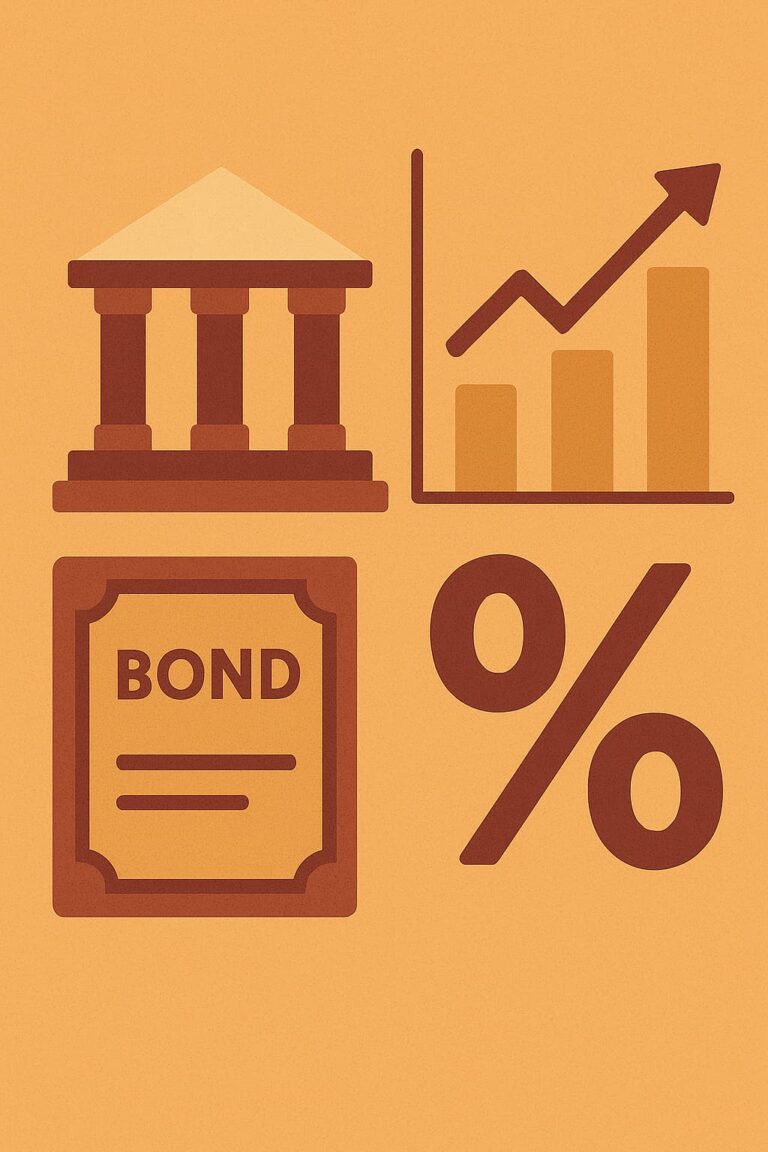Investing can be one of the most powerful ways to build wealth, but it’s not without risks. Understanding these risks—and knowing how to manage them—can help you make informed decisions and protect your hard-earned money.
1. Market Risk
What it is: The risk of losing money due to overall market declines. Even strong companies can see their stock prices fall when the market dips.
Example: A global recession causing stock markets worldwide to drop.
How to manage it:
- Diversify across sectors and asset classes.
- Invest for the long term to ride out short-term volatility.
2. Inflation Risk
What it is: The risk that inflation will reduce the purchasing power of your returns.
Example: If your investment returns 3% annually but inflation is 4%, your real return is negative.
How to manage it:
- Consider inflation-protected securities like TIPS.
- Invest in growth assets (stocks, real estate) that tend to outpace inflation over time.
3. Interest Rate Risk
What it is: The risk that changing interest rates will affect investment values, especially bonds.
Example: When interest rates rise, bond prices typically fall.
How to manage it:
- Hold bonds of different maturities (laddering).
- Balance with assets less sensitive to interest rates.
4. Liquidity Risk
What it is: The risk of not being able to sell an investment quickly without losing value.
Example: Trying to sell a property in a slow real estate market.
How to manage it:
- Keep an emergency fund in cash or highly liquid assets.
- Avoid locking all your money in long-term or illiquid investments.
5. Company-Specific Risk
What it is: The risk that a single company’s poor performance affects your returns.
Example: A corporate scandal causing a stock price to collapse.
How to manage it:
- Avoid over-concentration in one company.
- Use index funds or ETFs to spread risk.
6. Emotional & Behavioral Risk
What it is: Making poor investment decisions due to fear, greed, or panic.
Example: Selling during a market crash or chasing “hot” stocks.
How to manage it:
- Have a clear investment plan and stick to it.
- Avoid reacting to daily market noise.
Final Thoughts
Risk is an unavoidable part of investing, but it doesn’t have to be a roadblock. By understanding different types of risks and applying smart management strategies—like diversification, long-term planning, and disciplined investing—you can navigate uncertainty and keep your portfolio on track.
Remember: The goal isn’t to eliminate risk entirely, but to manage it in a way that aligns with your financial goals and comfort level.





